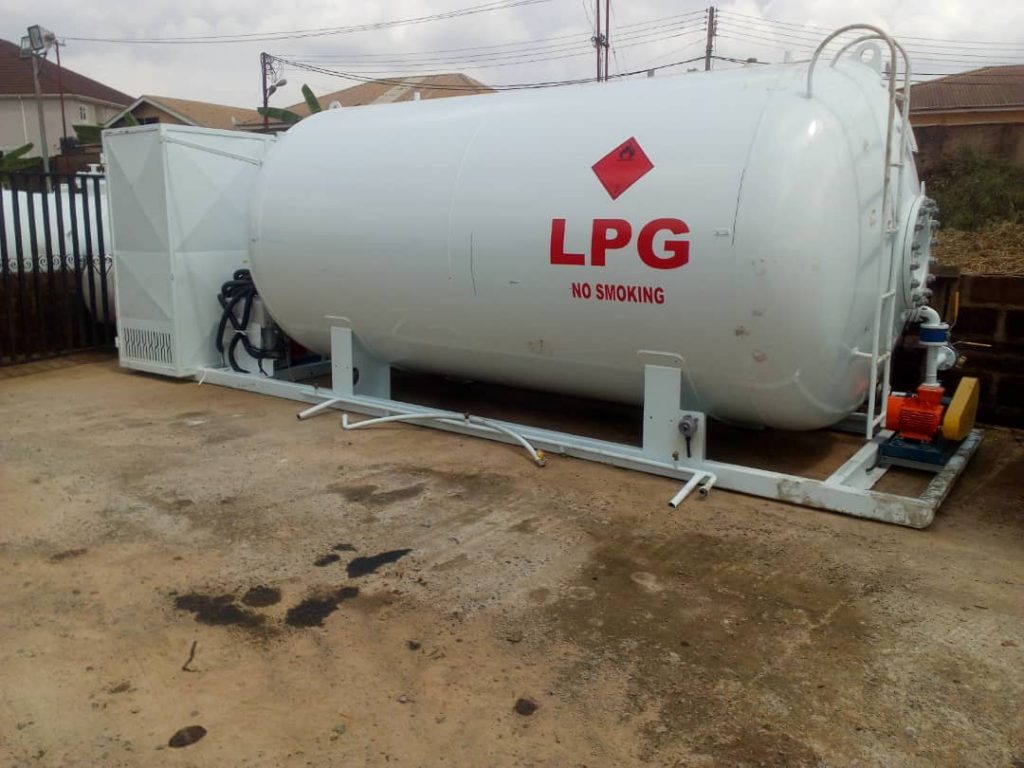The 2018 Gartner, Inc. Hype Cycle for information and communication technology (ICT) in Africa featured five technologies that will have a high business impact within two years.
“Africa is entering an important stage in growing maturity, with nine technologies entering the Slope of Enlightenment and climbing toward the Plateau of Productivity,” said William Hahn, principal research analyst at Gartner. “Mobile money and 3D printing service bureaus have this year entered the Plateau of Productivity.”
The Hype Cycle identifies 29 key technologies and describes how they will impact business performance in Africa during the next 10 years. Of the technologies listed that will have a high or transformational impact on businesses, 13 will mature within the next two to five years.
3D printing service bureaus have climbed to the Plateau of Productivity. “The technology has now moved to early mainstream in Africa, reaching 20 to 50 percent of its local target audience,” said Mr. Hahn.
Some of the rationale behind the technology moving along the Hype Cycle curve is that 3D printing service bureaus are now printing tooling, jigs and finished goods, whether as one-off items or through low-volume serial production. In addition, buyers find that engaging a service bureau that produces 3D-printed prototypes, tools and fixtures, and finished goods allows them to test the technology and possibly justify an investment in in-house 3D printers.
“CIOs should work with their peers to consider 3D print service bureaus as part of their supply chain. Employing a 3D print service bureau means CIOs and their IT leaders have the opportunity to mitigate their investment risk,” added Mr. Hahn.
Four technologies that will have a high business impact within two years — apps, cloud office, online data compression and public cloud storage — have all climbed up the Slope of Enlightenment. Public cloud storage, however, will be the only technology among the four to attain mature mainstream, reaching more than 50 per cent of its target audience in Africa.
Public cloud storage is infrastructure as a service (IaaS) that provides block, file and/or object storage services delivered through various protocols. It is a critical part of most workloads that utilize public cloud IaaS.
CIOs should utilize public cloud storage services when deploying applications in public cloud IaaS environments, particularly those workloads focused on analytics. They should also match workload characteristics and cost requirements to a provider with suited services.
Cloud office refers to a collection of the most broadly used suites of SaaS-based personal productivity, horizontal collaboration and communication tools. The suites generally include email, instant messaging, file sharing, conferencing, document management and editing, search and discovery, and collaboration.
The cloud office innovation profile has advanced quickly along the Hype Cycle as organizations’ adoption has grown and the technologies have become well-understood. Progress is steady, with approximately 30 percent to 40 percent of organizations having made the move globally.
“Businesses are making the move to cloud office because of the desire to reduce costs, redeploy IT staff, drive simplicity and provide more functionality to users,” said Mr. Hahn. “The wide scope of cloud office workloads (especially email) means that this technology will potentially affect everyone in the organization. While its adoption rate is below 45 percent globally, many organizations have made a plan to adopt. Those that haven’t will find it increasingly difficult to avoid in the longer term.”
Apps are on pace to reach early mainstream adoption in Africa within two years. Their development and use are driven by mobile apps, better web app design and the rise of purposeful, wearable and immersive chatbots and voice apps. “Purposeful apps lower the costs of projects, allowing business units to pay for them out of their own operational budgets,” said Mr. Hahn. “Lower functional requirements also mean that more of the app project is instructed at the start of the user experience (UX) design work. Consequently, apps can vastly improve the bad state of UX across the enterprise application portfolio.”
Online data compression encodes data using mathematical algorithms to reduce the number of bits needed to store an object, and decodes the data when it is retrieved. Since the early 2000s, compression has been used in backup appliances. In the last five years, compression has entered the primary storage market and is on pace to reach mature mainstream in Africa in less than two years.
The technology is often included in hybrid and solid-state arrays (SSAs), but older storage arrays may not have this capability. “The positive impact of high data compression ratios, on top of the need for additional storage purchases, operations, facility requirements and environmental costs, has changed the design of primary storage infrastructures, as well as backup/restore and archiving solutions,” said Mr. Hahn. “SSAs are able to use online data compression and data deduplication, allowing them to compete on price with traditional hard-disk drive-based and hybrid storage systems.”




